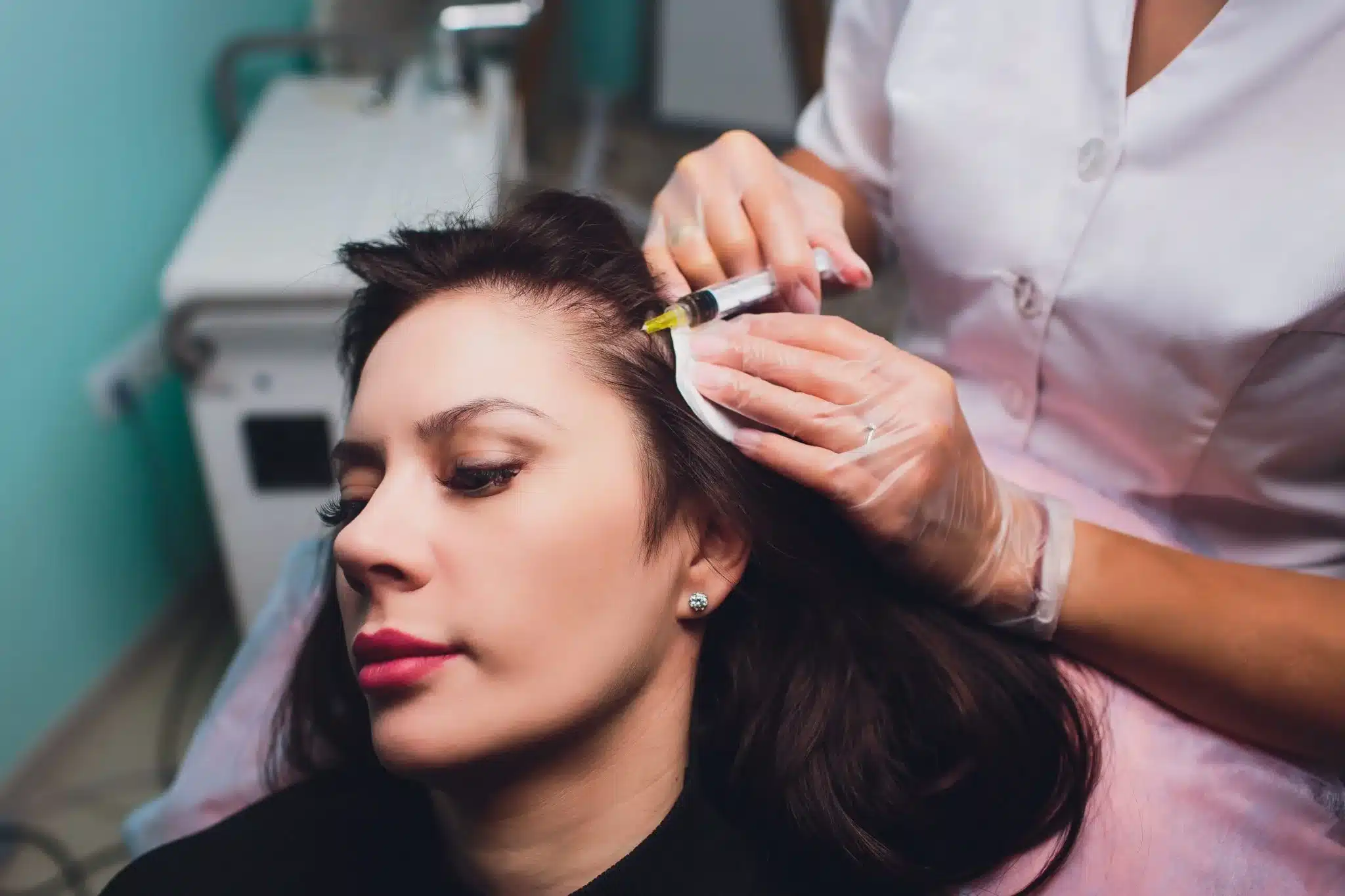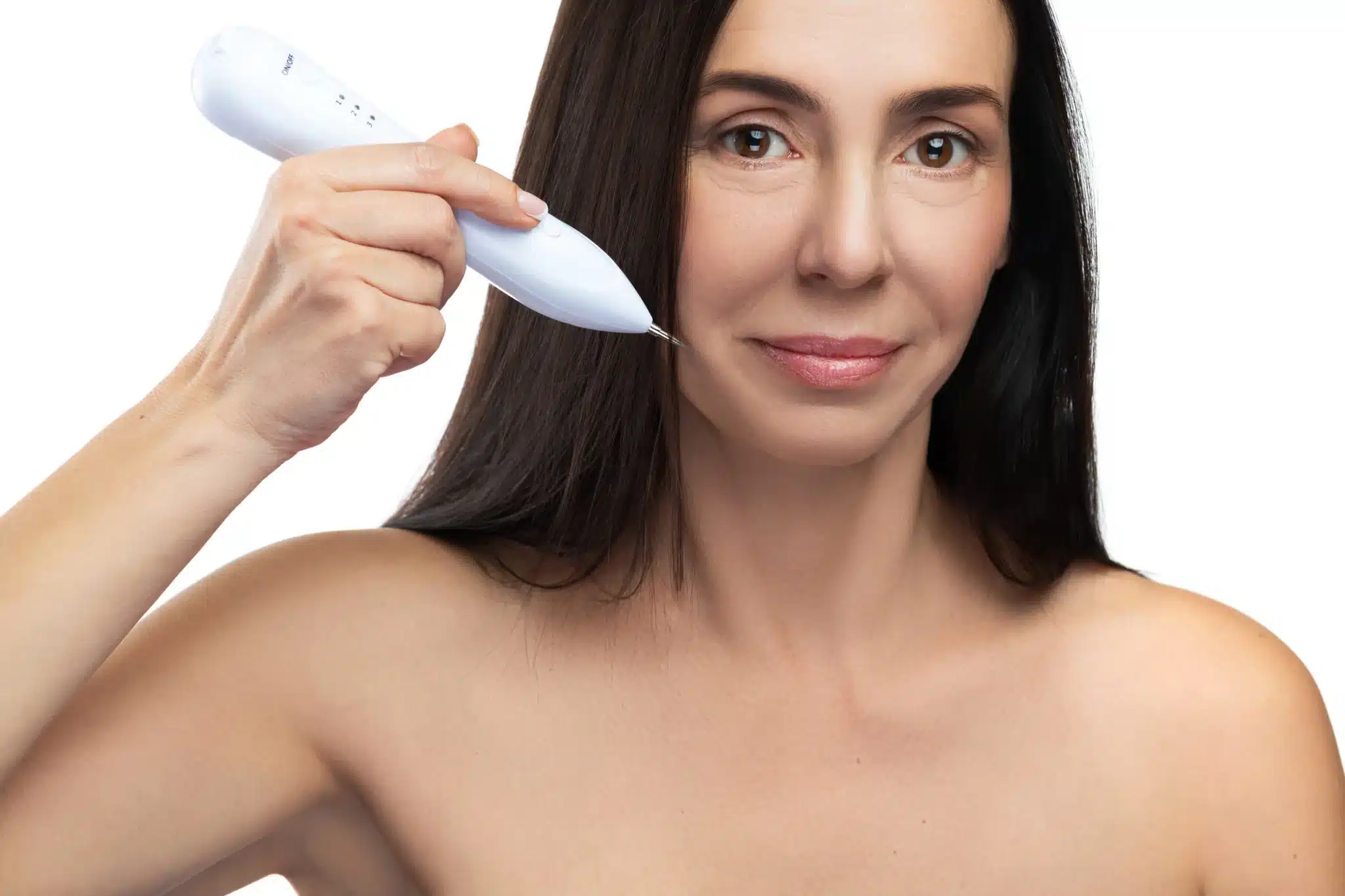The advancement in science and technology has influenced the PRP beauty industry. With the process and substances involved in beautifying, enhancing, and improving an individual’s appearance, it is mesmerizing how one can achieve their desires with other people’s work of the mind. Some procedures may look peculiar but what it does is healthy and beneficial—looking for a treatment that can address your skin issues with no downtime? Platelet-rich Plasma is the answer!
If you are having a hard time healing wound and scarring, this blog is for you.
What is Platelet-rich Plasma?
Plasma is a component in your blood that contains proteins that help your blood to clot. Plasma’s work is to stop you from bleeding when you get injured or scarred. Plasma also contains proteins that help your cell growth. Platelet-rich Plasma works by isolating your plasma for your blood and concentrating it.
Researchers suggest that injecting PRP to damaged tissues will stimulate your body to grow new and healthy cells, resulting in healing. Because the injection is concentrated on areas with damaged tissues, experts think that the damaged areas will heal faster.
Remember that PRP injections are not approved by the Food and Drug Administration (FDA), but several athletes opted for PRP injections to heal their injuries.
What is PRP For?
PRP facial injections address several skin concerns that make it an all-in-one package. It can improve fine lines, reduce large pores, correct uneven skin tones, improve appearances of acne and surgical scars, brighten the complexion, and increase collagen.
Aside from these, PRP injections are currently being tested on the following:
- Hair loss: According to 2014 research, PRP injections are efficient in promoting hair growth as well as preventing hair loss.
- Tendon injuries: Tendons are known to be slow in healing when injured. According to sources, doctors have used PRP injections to treat chronic tendon problems, such as tennis elbow, Achilles tendonitis at the ankle, and jumper’s knee, which causes pain in the patellar tendon in the knee.
- Osteoarthritis: PRP injections can also have the potential to help people with osteoarthritis when injected on the knee. In a 2015 study, PRP injections have been found to be more effective than hyaluronic acid, which is a traditional treatment for a group of 160 people.
These assumptions and experiments are still being examined, so there is no guarantee that you can rely on these. Larger groups of people are needed for the investigation to be more conclusive and efficient.
Who is PRP For?
PRP injections are found to be generally safe. However, it is not recommended for the following group of people who has certain medical conditions:
- Hepatitis C
- HIV or AIDS
- Any type of blood cancer
- Cardiovascular disease
- Skin cancer in areas to be treated
Pushing through PRP injections despite having these conditions affects your PRP results and your health.
How is PRP done?
- Before the procedure
Before PRP injections, if you are taking medications such as aspirin and ibuprofen, this needs to be stopped because such substances may thin your blood. Taking a break from drinking vitamins and other supplements can also help. For further instructions, make sure that your dermatologist discusses this with you.
- During the procedure
During the treatment, the PRP injections can be applied topically onto the face, neck, chest, or other body areas. This helps promote a brighter skin complexion and a more radiant appearance. The session typically lasts for 45-60 minutes. Three PRP injections can be done for excellent results. Some patients immediately see results and can still see improvement for one year.
- After the procedure
Redness is expected for 24 hours after the procedure. The skin tightens, and glows with color, and scaring softens for a beautiful, younger, and very natural result. You will look luminous after your first treatment. The treated areas should not be washed for the next 48 hours after your treatment. Bruises and scarring are normal, but if you feel anything sharp or intense pain, make sure to call your dermatologist immediately.
Although PRP injections have no downtime and hideous side effects, your dermatologist might recommend you eat and be energized before taking the shot since it involves drawing blood. It is essential to be prepared and expect only what your dermatologist discussed with you.
Remember that full results can only be seen within a few weeks and can last for as long as 18 months. If you want results to appear immediately, your dermatologist can inject fillers along with PRP.
Is PRP the Secret to Younger-looking Skin?
While several people are trying PRP injections, are they really after wound-healing or younger-looking skin?
It is important to know that PRP injections are still under study and observation. If you want to receive the best results, experts say you should consult a board-certified dermatologist as they perform more procedures compared to any other medical doctor. These professionals have in-depth knowledge in the field, thus giving you safe and achievable results.
You and your dermatologist can decide if PRP injection is for you. However, your procedure can be an answer to your dermatologist’s left questions. To sum it up, since PRP is still under further study, the question of it is really the secret to younger-looking skin is yet to be answered.
PRP injections have been common since the time they reached the limelight. With several people suggesting different professional beauty clinics, it would be best if you choose the one that cares for you holistically. A good thing in Beautiphi Aesthetics Boutique, you as a whole are being cherished and nurtured. Refreshment, confidence, and beauty are also their priorities.
Treating yourself right comes with choosing the right products and providers for you. Going along with this fast-changing world might be challenging, and being pressured to try new treatments that the cosmetology world has to offer is risky. But if you find the courage to try today, contact the best aesthetic boutique and start your PRP injection journey today.




